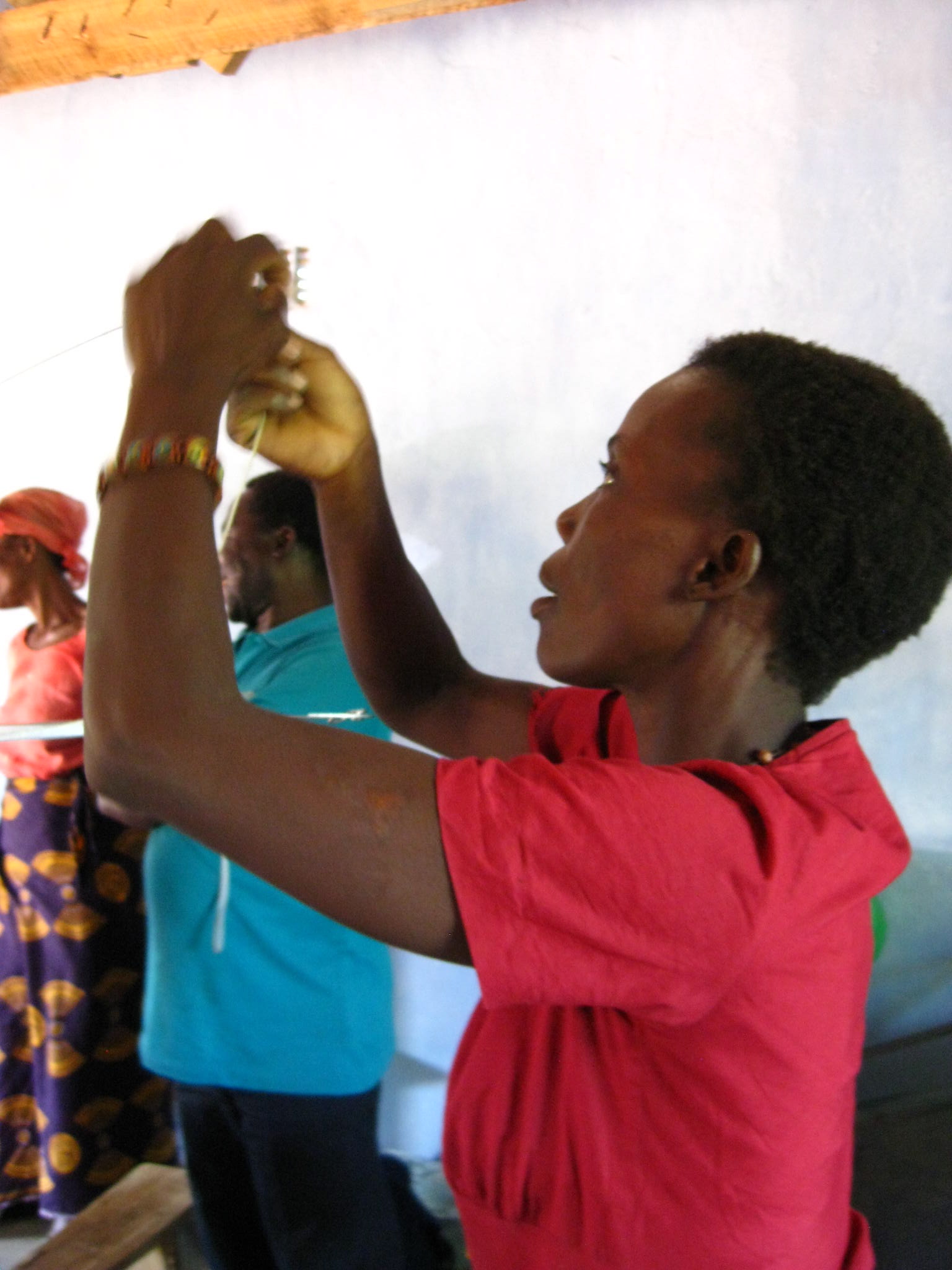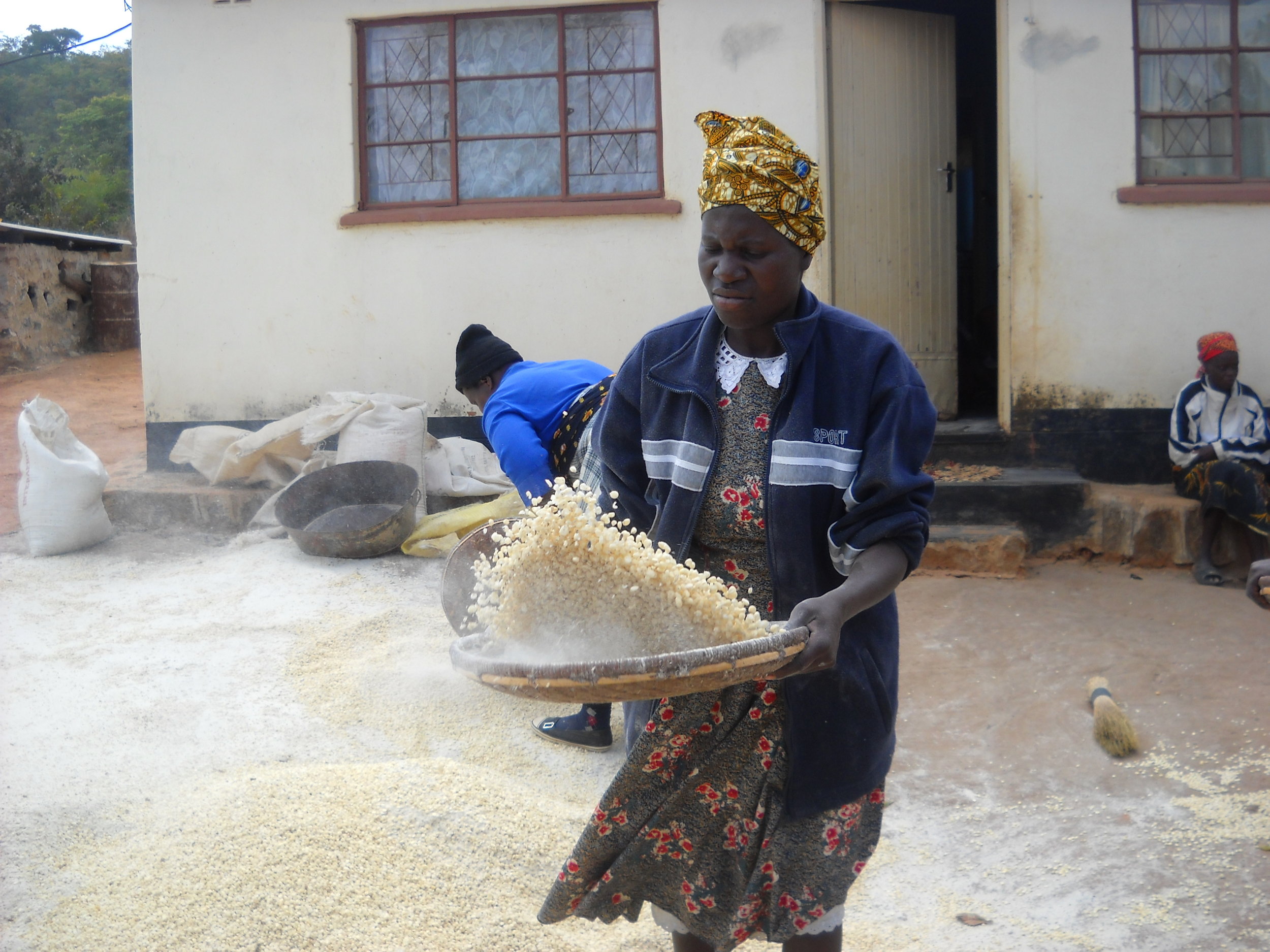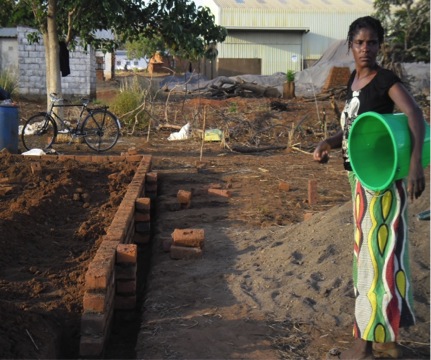It Takes More Than a Loan to Stop Poverty
Over the years I have encountered many micro-loan programs. While the models vary somewhat, most talk about serving the “poorest of the poor” and report their success in repayment rates. When repayment rates are the only method of measuring success, I probe more deeply into the design of the program. I ask questions such as: How did you achieve the 99% repayment rate? Have you developed an amazingly effective business management training? Or perhaps it is an amazingly effective bill collector? If borrowers were able to pay back the loan fairly easily, did you really choose the poorest families?
I have seen many programs that truly did target the “poorest of the poor,” where the recipients of the loans were not able to pay them back. Caught in poverty, the families “ate” the loans. I have seen other cases where insufficient business management training and follow-up meant that fledgling businesses failed. Not everyone is a born entrepreneur. In fact, most people need a lot of training and support to launch a successful business. Someone who is grappling with intense poverty, disease, grief, or violence is likely to need even more support.
Several of our partners have developed programs to strengthen vulnerable families that include loans or entrepreneurship training, within a holistic set of programs. It is often that extra support that enables business success while helping families to overcome the other challenges they are facing.
One of our Malawian partners, Imvani, uses a multi-pronged approach to stopping poverty. Only one of the prongs is a loan.

Flossie Simango founded Imvani, “to listen and take action,” in 2002. Flossie was a primary school teacher who had lost all her siblings to HIV. Imvani has a broad spectrum of programming, from early childhood development (ECD), to youth development and community service, to support groups for people living with HIV and AIDS.
An Imvani volunteer ECD teacher identified that one of the children at the center was malnourished. They asked his guardian to take the child to the district health clinic. The clinic tested the child for infections, including HIV. When they found out the child was HIV positive, they enrolled him in anti-retroviral therapy (ART) right away. At the same time, ECD volunteers followed up with the guardian and found out that the child had two living parents that had abandoned the child. The parents did casual labor and earned little money, which they often spent on alcohol. The family did not have sufficient food, clothing, or blankets. Imvani provided intensive counseling to the family and they joined a support group for people living with HIV. Imvani also enrolled the family in a loan program through their partnership with the microfinance bank Opportunity International. As a result, the family received a loan amounting to $67 USD. With these funds and support from Imvani’s volunteers, the parents started a business buying and selling food items. They are now able to feed their family, and even save some of their income. Most importantly, their child’s health is improving. Imvani provides a powerful example of how one vulnerable family was provided with holistic support that enabled them to make positive changes for their family.
Another Firelight partner, MACOBAO, in Zimbabwe, shared with us how their livelihood programs for vulnerable families have ripple effects across social, emotional, and health domains. MACOBAO works with child-headed families to help them care for themselves. They told us about one family of eight children, headed by a teenage girl, Angeline, since their parents died in 2009.

As the elder sister, Angeline is responsible for providing school fees, food, clothing, and financial resources for her siblings to access health services. Many of the children were out of school and the family often resorted to begging. Angeline started attending some of MACOBAO’s meetings and learned about raising small livestock. MACOBAO linked her to the Agricultural Extension Officer for training and gave her two rabbits. Within a year, the rabbits had already produced 32 offspring, 12 of which Angeline passed on to another child-headed family. The others have been sold to pay school fees, and purchase other necessary items for the family. Angeline shared: “There is happiness in the family and even our neighbors are now respecting us for we can now depend on ourselves.”
When vulnerable families become productive members of the community, they become better integrated into the social fabric of the community, often lessening their isolation. When families have income to take care of their family’s basic needs, this can also build a sense of dignity, an important gap for many poor families and one often left out of the public discourse on this subject. Our partners see improvements in household income as a lever for other important improvements in children’s lives and in protecting children’s rights.
Our partner Pazesa Horticultural Community in Zambia takes this link a step further to demonstrate how their work strengthening livelihoods protects children from child labor, prostitution, and early marriage. This small youth-led group has worked effectively to bring development to their remote rural area while promoting a strong sense of unity with the community. The organization started off by understanding the key issues that contributed to food insecurity in their area. They responded by introducing farming methods that are sustainable and responsive to local conditions. They provided agricultural inputs and ongoing training and support to vulnerable families. The families’ success in improving their food security led to real change for vulnerable children and families. Pazesa told us, “If families have enough resources to meet children’s needs, children will not be tempted to succumb to work for food or money or resort to prostitution. Neither will parents be prompted to push children into child labor and early marriages nor will the community take advantage of their needy situation for labor availability.”
I have highlighted three examples, but probably each of our partners could provide many more. They are all working with their community to create local methods to stop poverty. Many of these strategies involve loans, but loans are only part of the story. When loans come hand in hand with social programs to address the other issues that poor families are facing, families have a much greater source of support to get out of poverty and contribute to the development of their community.
If you’d like to learn more about how community-based organizations support families to get out of poverty, read about the work of NACC and TIPOLISO, two Malawian partners highlighted in Fund: Her Village Venture this month. Donations to this fund will go directly to these partners to support their work with rural women entrepreneurs.

